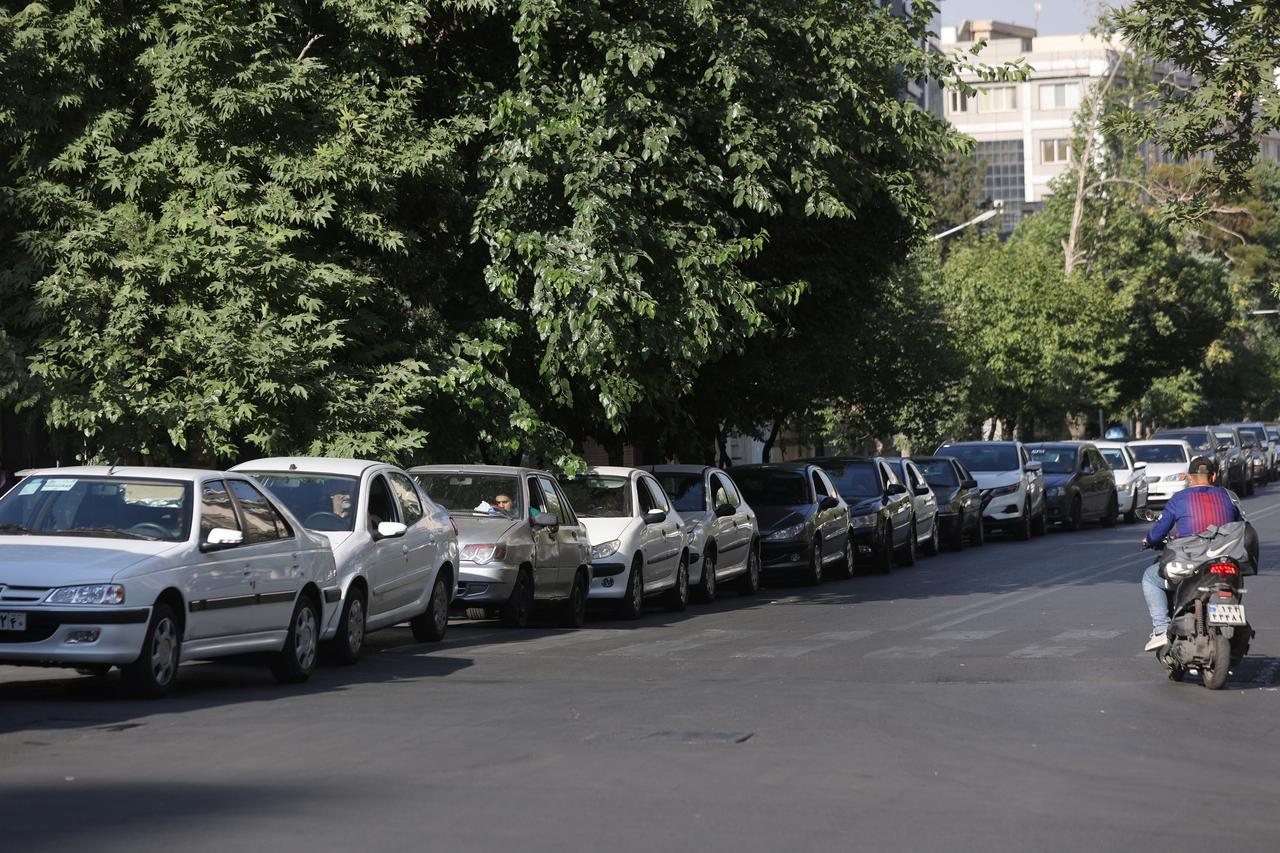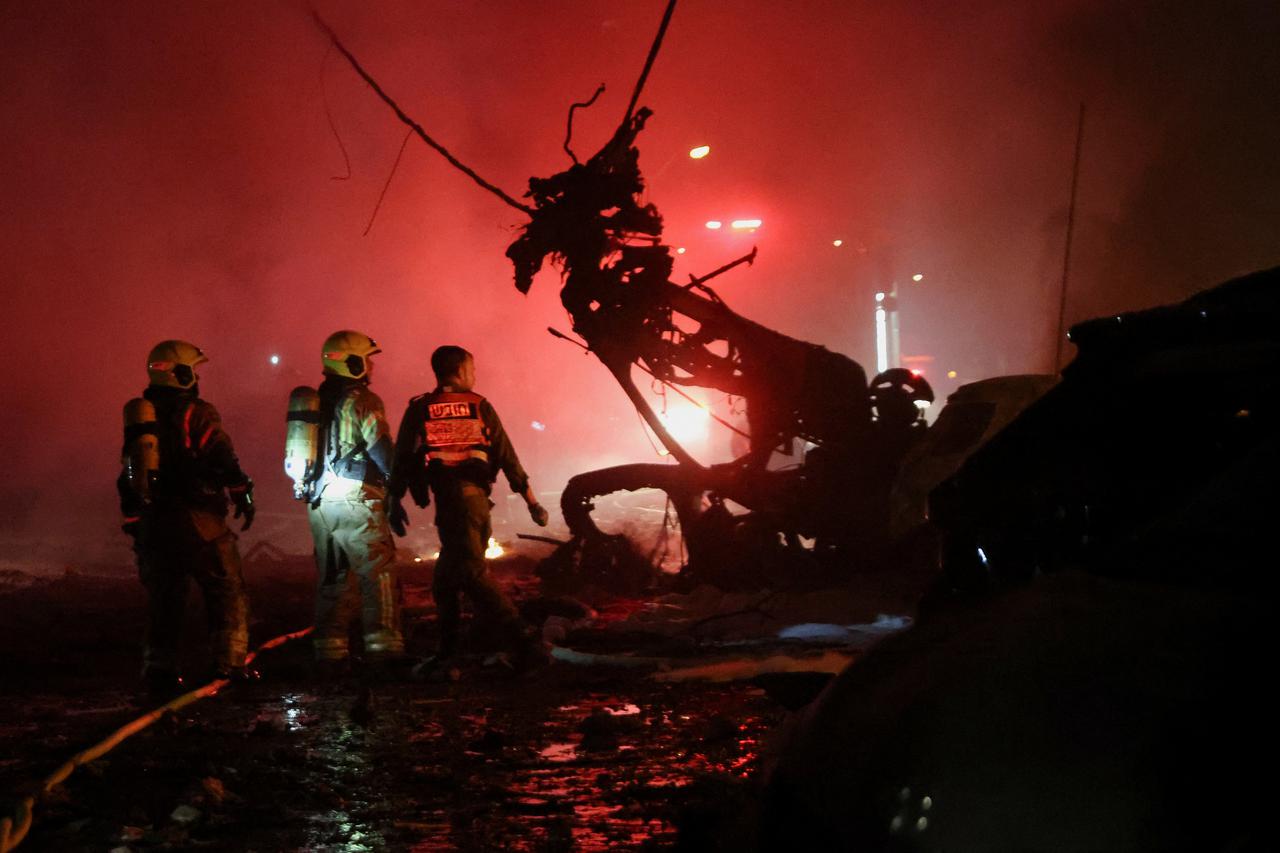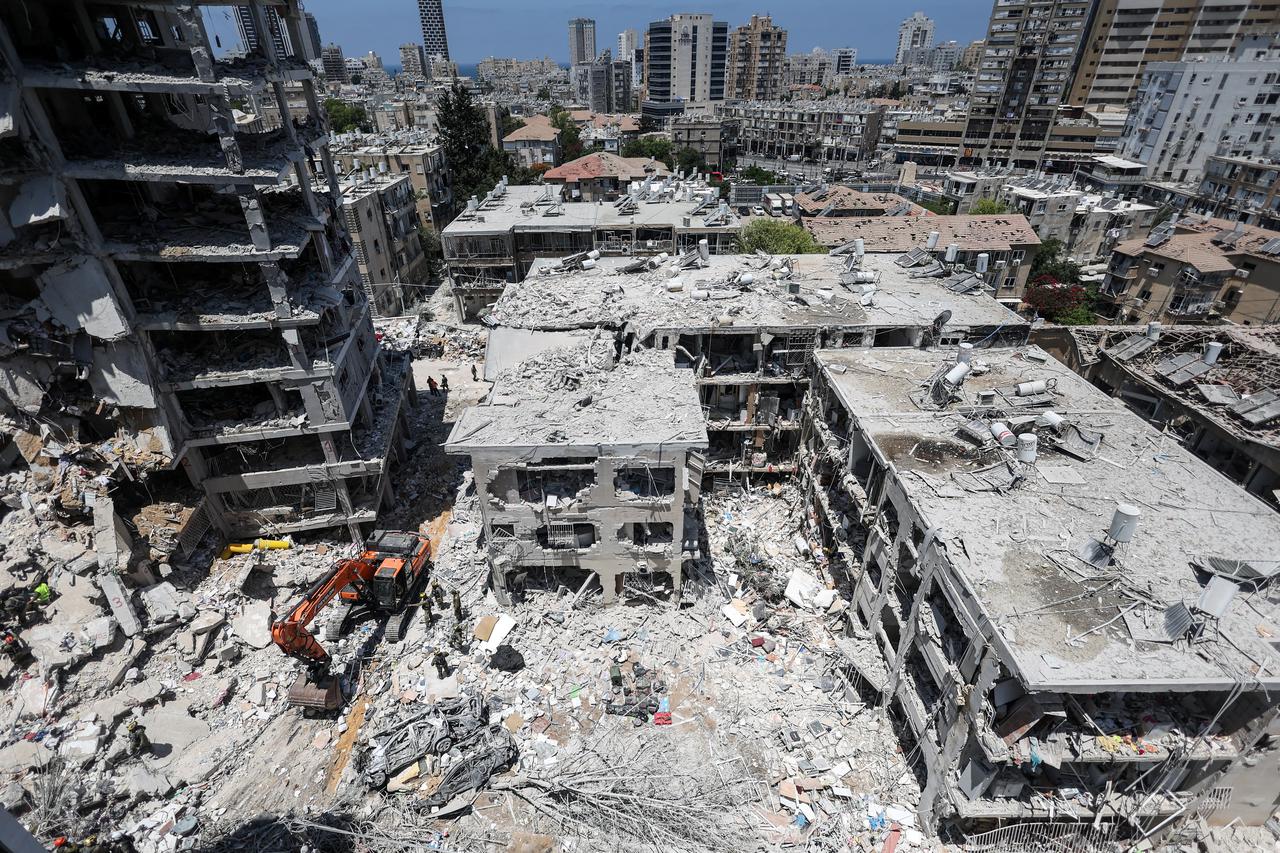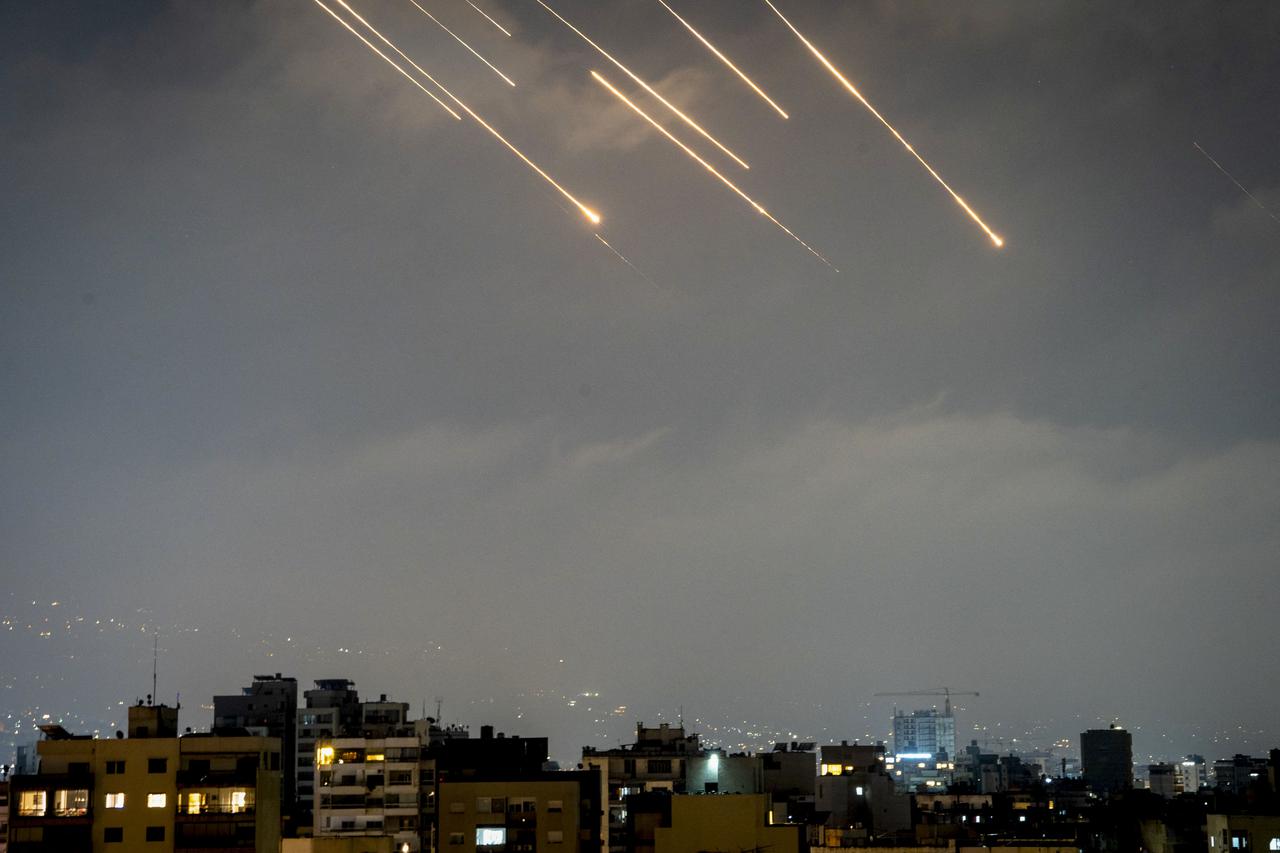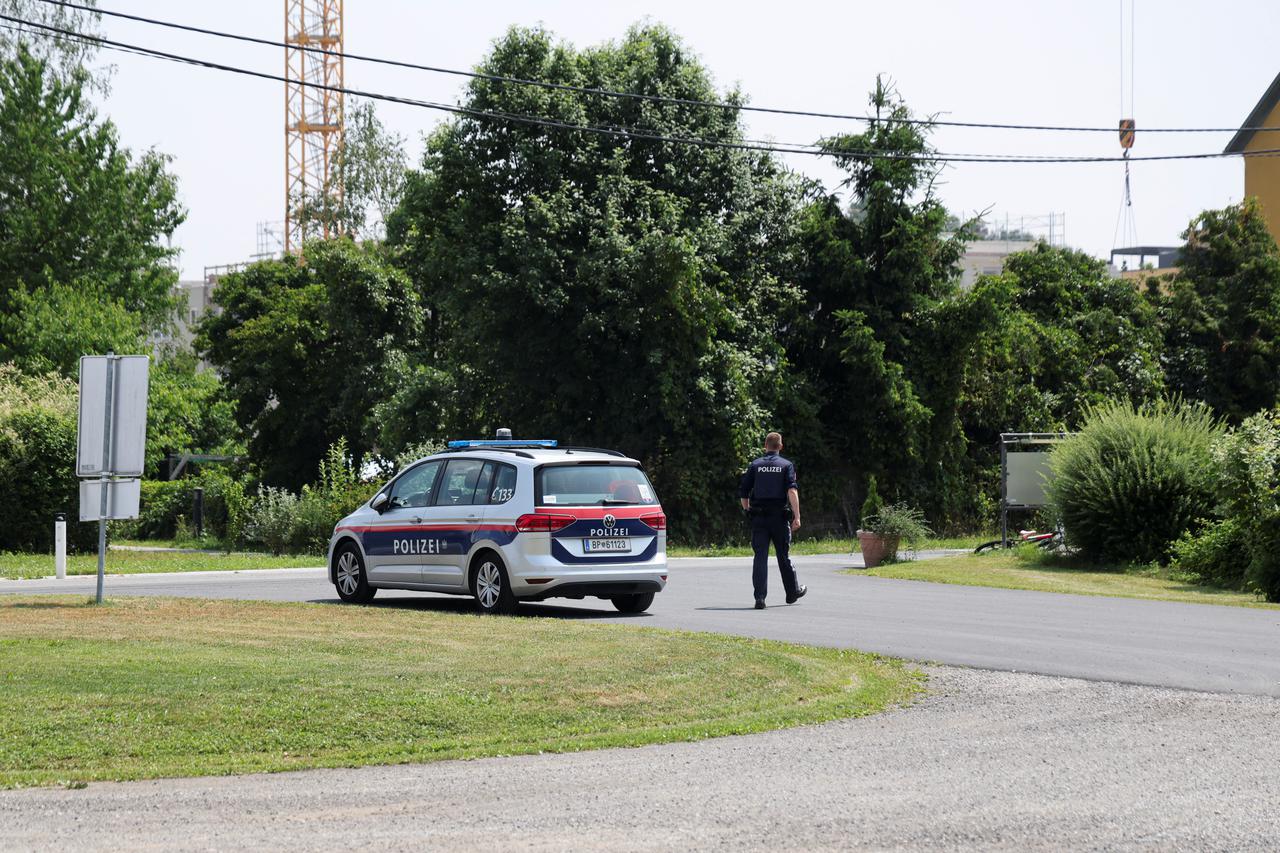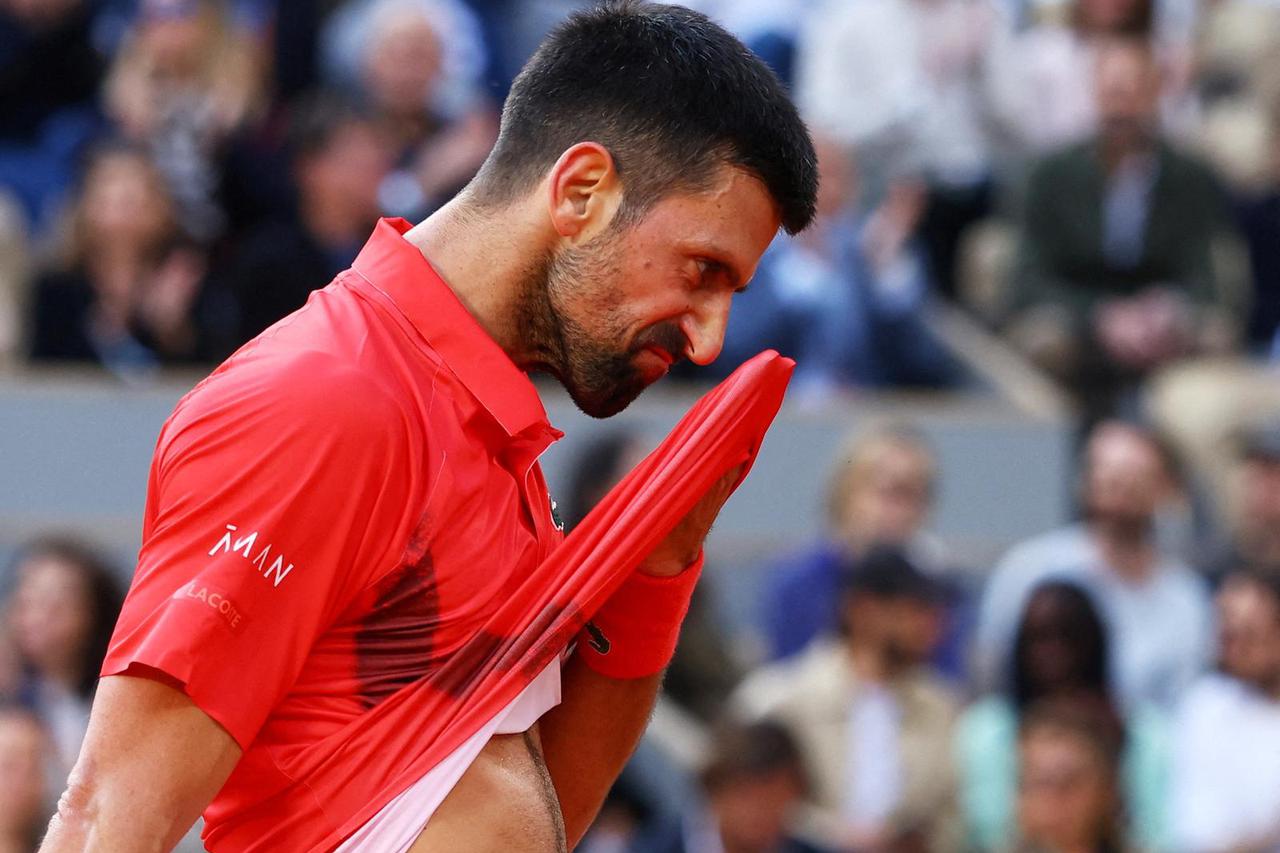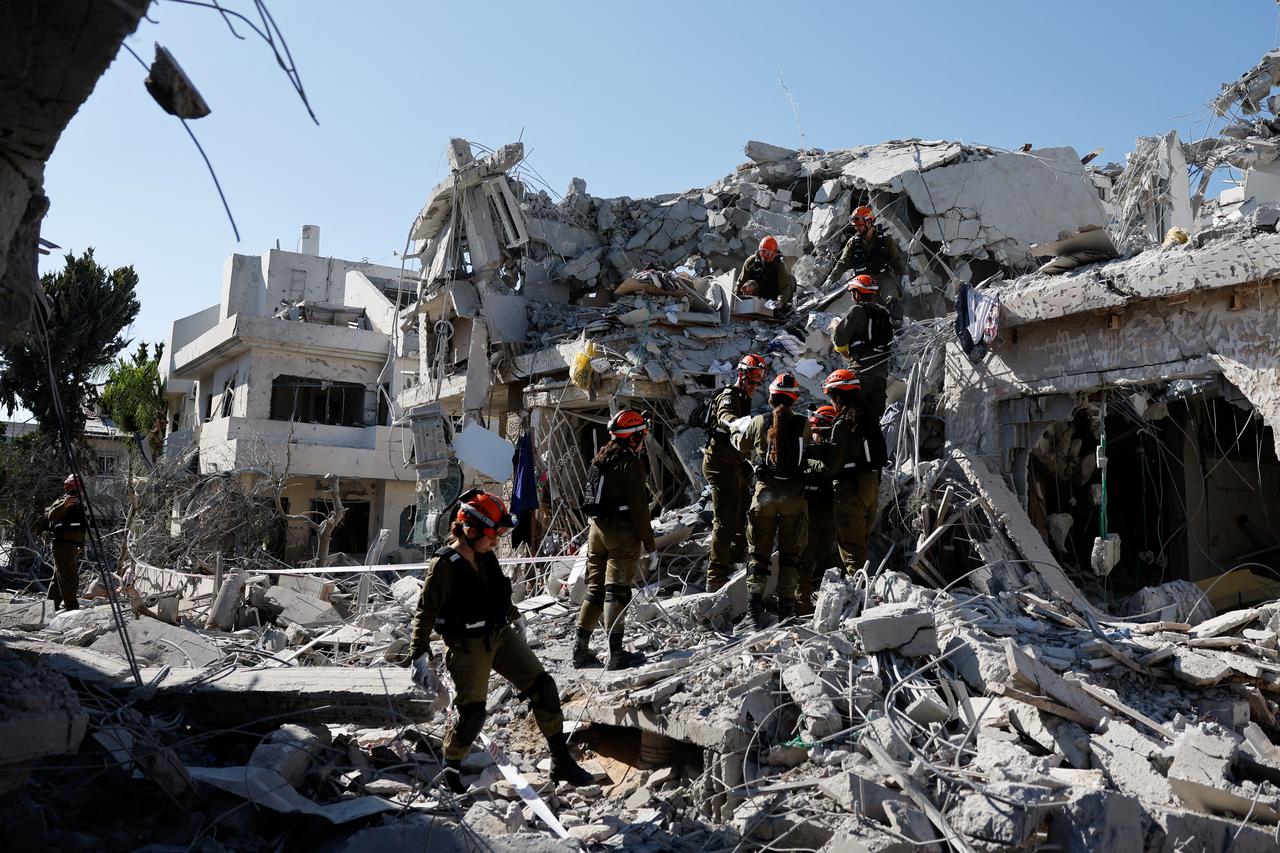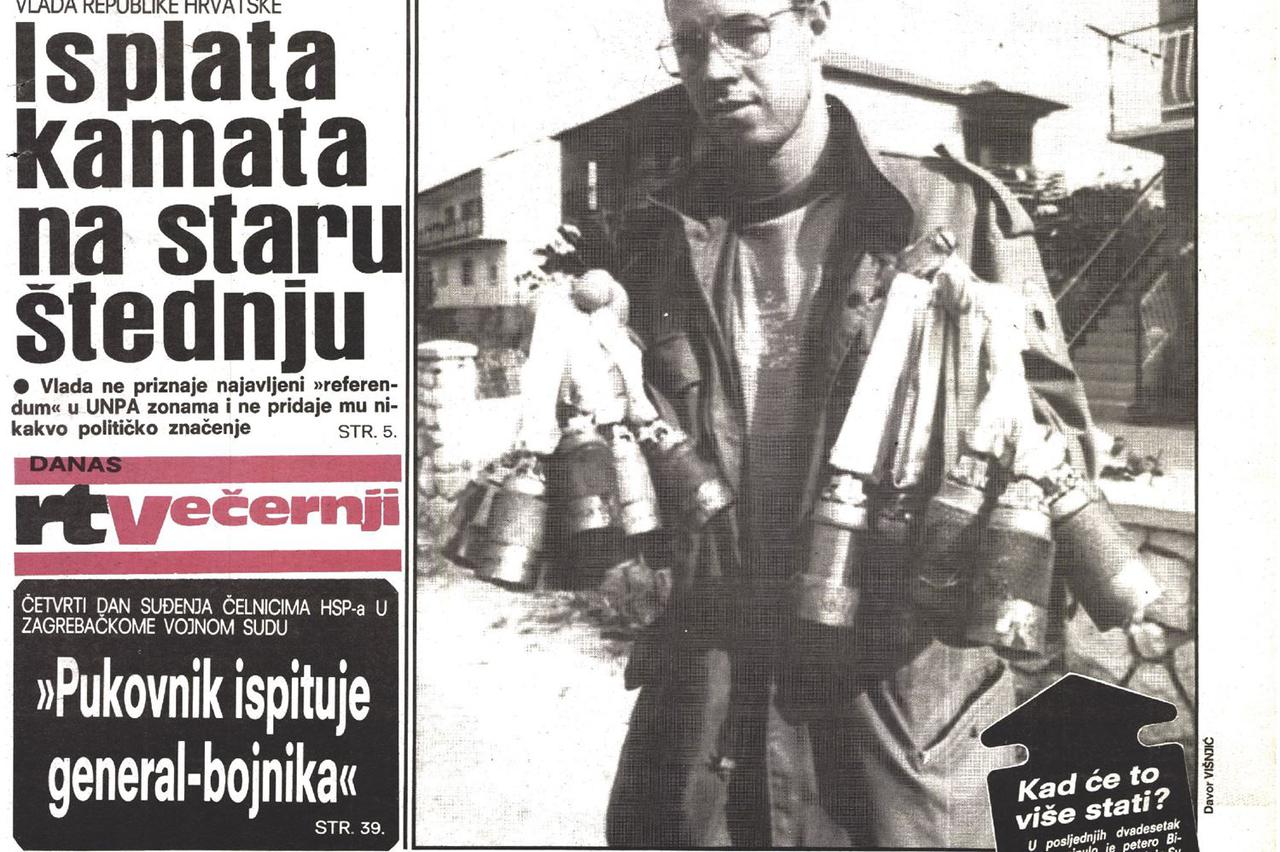Following Israeli airstrikes on Iranian targets in Tehran and other parts of Iran, the Iranian Supreme Leader, Ayatollah Ali Khamenei, was moved to an underground bunker in northeastern Tehran. Sources report that members of his family are with him. The Israeli attacks are part of an operation targeting Iranian military and nuclear sites, in response to Iranian attacks and assassinations of Israeli targets. The Israeli government decided to keep Khamenei alive to give him a chance to dismantle Iran’s nuclear program. Meanwhile, residents of Tehran are fleeing the city en masse due to fear of further attacks. Israeli Prime Minister Netanyahu and US President Trump have commented on the situation, while Iran denies aggression and claims self-defense. The conflict raises concerns about regional stability and the potential for escalation.
Political Perspectives:
Left: Left-leaning sources emphasize the humanitarian impact of the conflict, highlighting the mass displacement of civilians in Tehran and the dangers of escalating military actions. They often criticize Israeli military aggression and stress the importance of diplomatic solutions and respect for international law. The narrative tends to portray Iran as defending its sovereignty against external aggression.
Center: Center-leaning sources provide a balanced view, reporting on the military actions and political statements from both sides. They focus on the strategic motives behind Israeli strikes and Iranian responses, including the nuclear program concerns. The coverage includes statements from international actors and highlights the risks of regional destabilization, while avoiding strong partisan language.
Right: Right-leaning sources emphasize the threat posed by Iran’s nuclear ambitions and military activities, supporting Israel’s right to self-defense and military operations. They often highlight statements from Israeli and US officials about the necessity of dismantling Iran’s nuclear program and may portray Iran as an aggressor or destabilizing force. The narrative supports strong military responses and frames the conflict as a fight against terrorism and existential threats.

